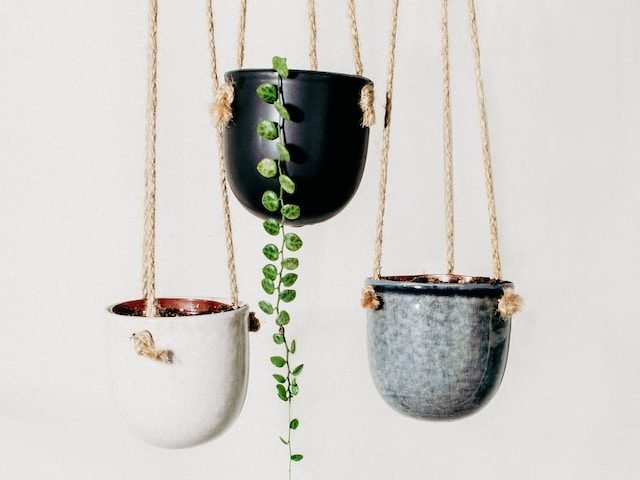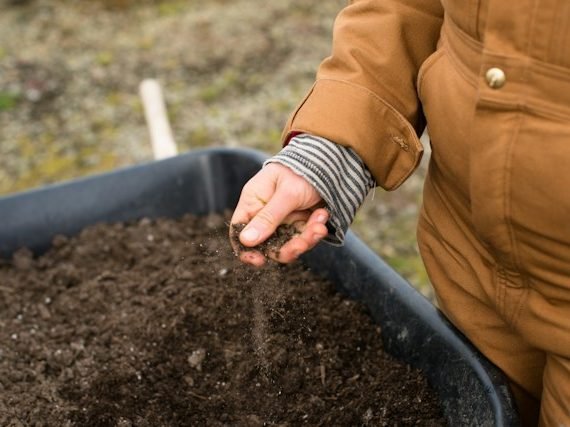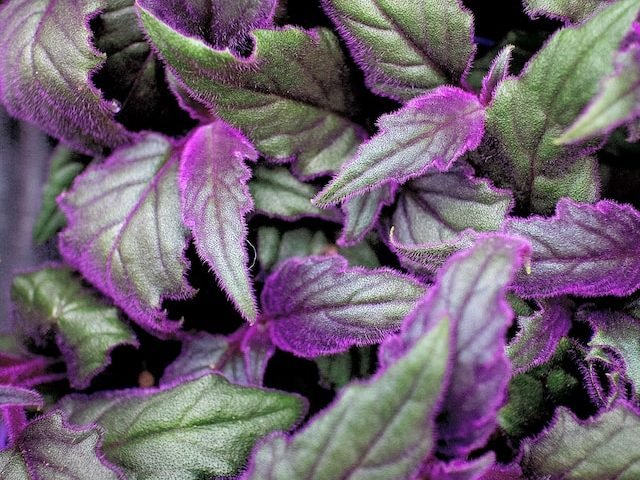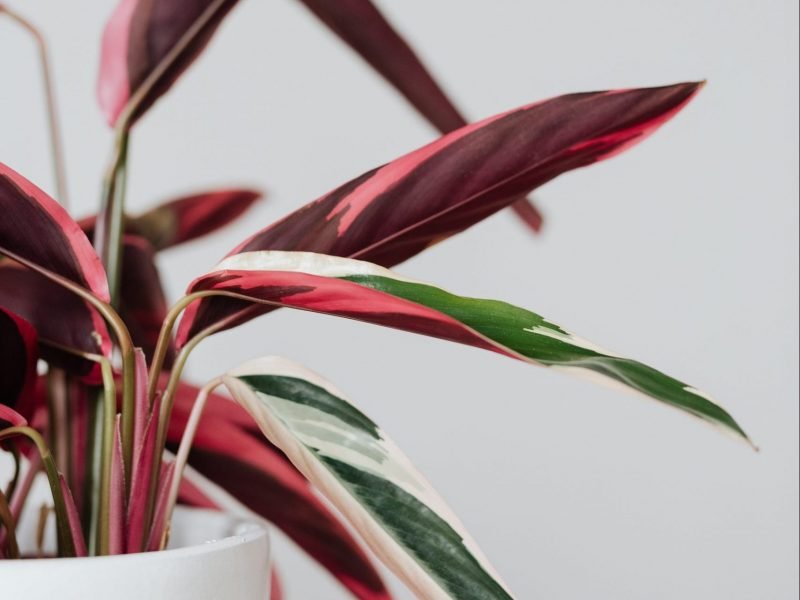
There can be quite a few different reasons that can cause a Croton Plant to start dying which can often make plant parents frustrated and anxious when they don’t know what’s causing it. However, each individual problem will show itself quite uniquely on your plant so once you know what problems cause what symptoms, it’s a lot easier to diagnose the issue.
Below we will go through each of the most common causes of a dying Croton Plant as well as guide you through the diagnostic and treatment processes.
Overwatering can kill a Croton Plant
If your Croton Plant is developing yellow leaves and is looking and feeling quite soft, droopy and limp, then watering issues may be why it is dying, particularly overwatering. This can be due to either you giving your plant too much water each time, or you are watering too frequently and not allowing the potting mix to dry out.
To establish if overwatering is what is causing your Croton Plant to die, take the plant out of the pot and take a look at the soil. If the potting mix is waterlogged and clumpy then this indicates overwatering. Alongside this, if the problem has been going on for a while then the roots may have started to rot.
If the soil is waterlogged replace it straight away and trim away the rotten roots. This will allow your plant to start the recovery process. We also recommend removing any of the leaves that have gone completely yellow as they will soon fall off your plant.
In the future, to prevent the issue from harming your plant, make sure to monitor the moisture levels in the soil to ensure it has had time to dry out between waterings. You also want to hold back watering as much during winter as the cold darker months mean your plant will go dormant and not produce any new growth. This is when root rot and waterlogged soil become higher risk factors.
A dying Croton Plant can indicate drainage issues
If the roots have started to die but you don’t seem to be watering your plant too much, then it might be drainage issues that is the real culprit. If the excess water isn’t draining well from the pot it can cause the soil to become waterlogged.
You can very easily increase the amount of drainage in your soil by mixing in a small amount of perlite into the potting mix. This will make it far easier for water to flow through and out of the drainage holes of your pots (you should also check to make sure your pots have drainage holes). Perlite is also great to aid with aeration in the soil so it’s a must-do to help revive your dying Croton Plant.
Another way to increase drainage for your dying plant is to swap to terracotta pots. They are permeable which means some of the excess water can evaporate out of the sides of the pot. Most houseplants come in plastic pots when you buy them (the reason for this is they are better for plant shops as they are lighter and less breakable). However, they aren’t the best for drainage and accidental overwatering can be a bigger issue.
Underwatering might be killing your Croton Plant
If your plant has developed really crispy leaves, then you may have been underwatering it for a while which is why it’s dying. Croton Plants will really struggle if they have to go a long time between waterings but will forgive you for the odd time you forget to water. It’s also a slower issue to develop in comparison to overwatering but still equally important to treat quickly.
If you think your plant is underwatered then check the moisture levels in the soil before making any changes to your care routine. When solving the issue, it’s super important you do it gradually as drowning it in water will actually cause the plant to get quite shocked and this could lead to more problems. This is why we recommend you water a little bit once a day for a week to revive your dying Croton Plant.
The other issue with pouring a bucket full of water over your plant is that when it is super dry it can simply run off the top of the soil, down the edges of the pot and straight out of the drainage holes without even getting to the root system. By gradually reintroducing water you avoid this issue.
Moving forward always remember to check the moisture levels in the soil using either the finger, chopstick or lifting methods. This will mean you can keep an eye on how much water it needs and avoid the problem recurring.
Cold temperatures may be to blame
Another potential factor that may be causing your Croton Plant to die is extreme temperatures, in particular, cool air and consistent cold drafts.
Whilst you might not feel the cold air coming through cracks in doors and windows (as it can disperse throughout the room quite quickly), if your plant is right next to a small stream of cold air it can really shock and damage the plant during winter, causing it to freeze and start dying.
But it’s not just cold air from outside in winter that can cause your Croton Plant to freeze as they don’t really get on well with air conditioning vents. Ensure that your plant isn’t in the direct line of the vent to avoid damage.
Lack of sunlight can also cause a dying Croton Plant
Although they can tolerate some medium light, if you find the leaves are drooping a little then your Croton Plant might be dying because it’s not getting enough light. Other symptoms include less variegation on the leaves, stagnant growth and small new growth.
This can often happen in winter when the sun is a lot weaker and isn’t around as much during the day. In this case, you should either move to a sunnier spot in your home or use an LED light to supplement the natural light. These can be a real gift to get your houseplants through the darker months.
If you do choose to move your Croton Plant nearer to the window, just make sure to relocate them in summer if they are now receiving a lot of direct light as the intense sun can burn and scorch the leaves.
Those are the most common causes of a dying Croton Plant. We strongly recommend going through each of them one by one whilst inspecting your plant, its root system and potting mix. This will help you eliminate issues and make the right diagnosis.
To learn more about how to properly take care of your plant, check out our Croton Plant care guide.















